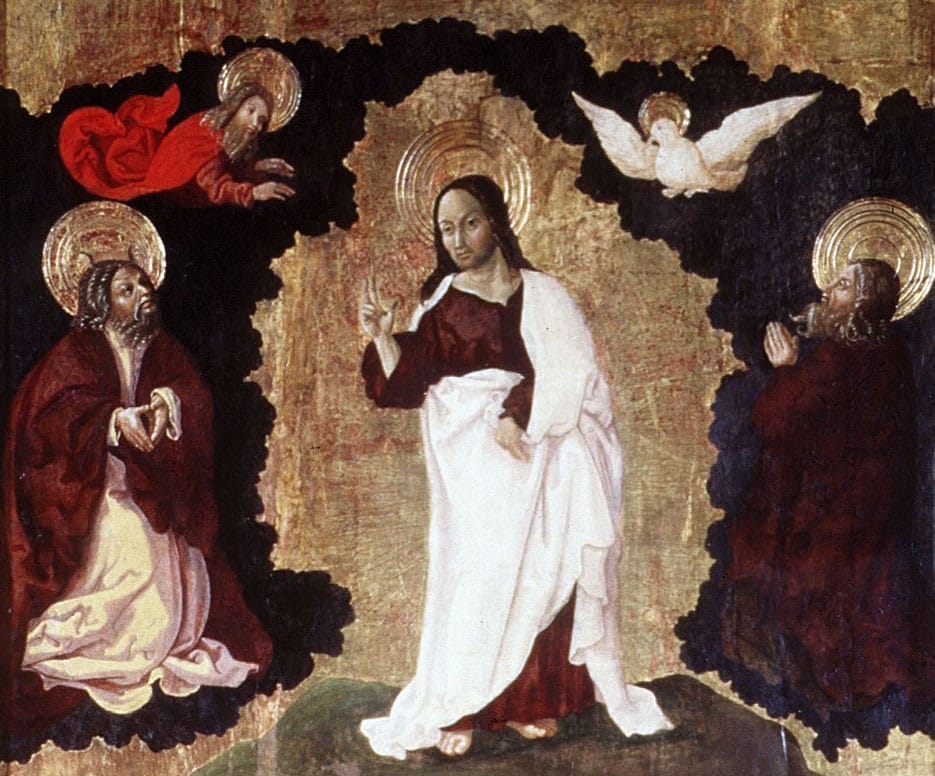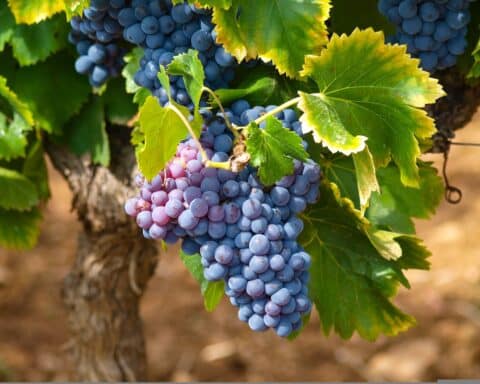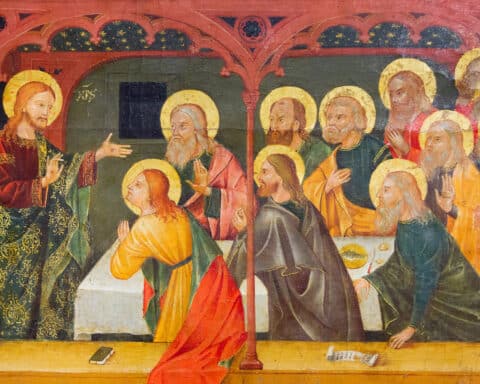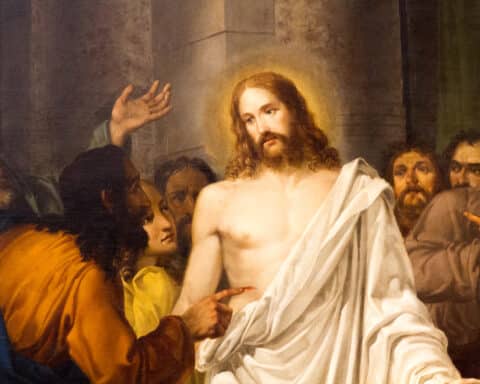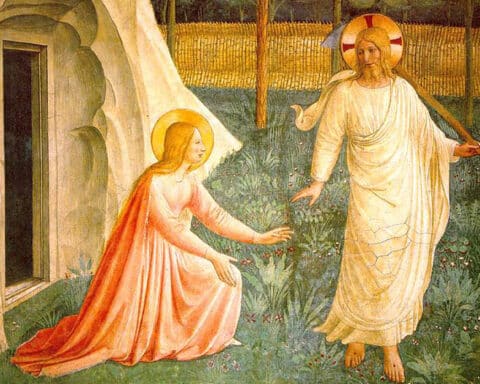Peter, James and John were happy to be there. Indeed, they wanted to stay there always.
Jesus had taken them “up a mountain to pray.” And then the most mysteriously wonderful thing happened: Christ was transfigured such that his face “shone as the sun.” Even his clothing became “white as snow!”
Romano Guardini interprets the scene this way: Peter, James and John had been granted a special vision of Christ’s living flame of love. Christ, Guardini writes in “The Lord” (Gateway, $24.99), is “the living Word, and from his holy life, at once human and divine, flies the spark that lights the fame of our own faith.” Thus, the light that shone forth from Christ was the light that “belongs to the spheres of inner reality.” More, it was “heavenliness unveiled.”
Guided by Guardini, then, we can say that in the Transfiguration, Christ’s inner reality shone forth — the heaven that is the very life of God; Love itself. In the Gospel passage, the Father confirms this: “This is my beloved Son, in whom I am well pleased.”
| August 6 – Feast of the Transfiguration of the Lord |
|---|
|
Dn 7:9-10, 13-14 Ps 97:1-2, 5-6, 9 2 Pt 1:16-19 Mt 17:1-9 |
Yet, wouldn’t it have been nice to be there? To see the dazzling display? And to hear the Father speak? Surely, I would have wanted to pitch a tent and stay, as Peter, James and John wanted to do. And yet, they could not. Christ still had the “work” of his passion and death before him. He had yet to “go up” to Jerusalem. And they with him.
And so Christ’s transfiguration was just a brief foretaste granted to Peter, James and John of what was to come. It was a small foretaste of the heaven that was to be brought about by Christ’s death and resurrection: reunion with God and life in him. This foretaste was quite necessary for Peter, James and John, for the way forward was not easy. This Christ had predicted three times.
Today, when we wish we could have been on Mount Tabor to witness the Transfiguration with Peter, James and John, we could look to the saints for our own foretaste of “heavenliness unveiled.”
The saints burn with Christ’s living flame of love, and so join in the unveiling of his inner heavenliness. As Gerard Manley Hopkins once wrote, in the saints, we will see Christ’s love “flame out, like shining from shook foil.”
Perhaps, too, looking for this flaming-out in the saints, we will be encouraged to join them. When we see Christ through the saints, we see history transfigured into witness by the workings of God’s love. The fire of our faith is fanned by such historically tangible unveilings. As St. Catherine once said, speaking from her own experience, “All the way to heaven is heaven.”
Pope Francis encourages us in this pursuit of holiness, of being transfigured into a witness. This transfiguration happens each and every day that we unite ourselves to Christ, moment by moment, step by step. Praying thus, we come to know ourselves as loved by him, despite any missteps along our way. The trajectory is still heavenward.
In Gaudete et Exsultate (“Rejoice and Be Glad”), Pope Francis tells us: “Think of your own history when you pray, and there you will find much mercy. This will also increase your awareness that the Lord is ever mindful of you; he never forgets you. So it makes sense to ask him to shed light on the smallest details of your life, for he seems them all.”
In this way, writes Pope Francis, we will come to a vision of God’s presence in our lives. History will be transfigured into an unveiling of God’s merciful friendship, reuniting us with him. We will come to see the love that gave life to each of us, living in the innermost place of our being and now flaming and shining forth.

